Authentic Japanese ramen recipe using the Pressure Cooker! Instant Pot Ramen Noodle Soup is pascked with flavors and textures. Below are recipes for Ramen with pork hock vs. Ramen with spareribs.
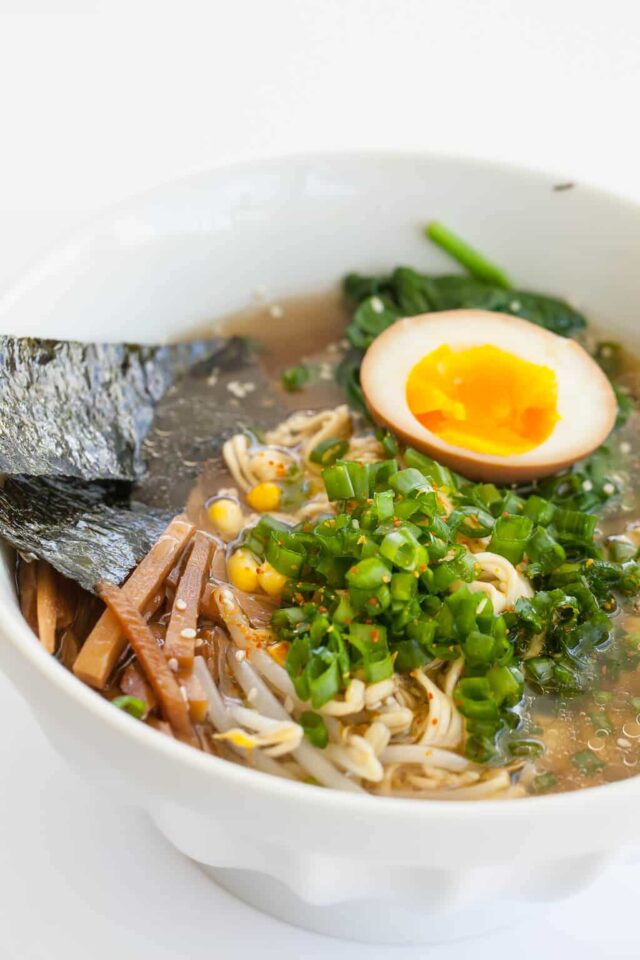
Why This Instant Pot Ramen Is So Good
- A quick version of the classic Ramen soup
- Made from easy to find ingredients
- Options for pork hock or spare ribs
- A less oily Ramen but still full flavor
Ingredients
- Pork spare ribs or Pork hock
- Chicken wings
- Cooking oil
- Onions
- Garlic, ginger
- Soy sauce or salt
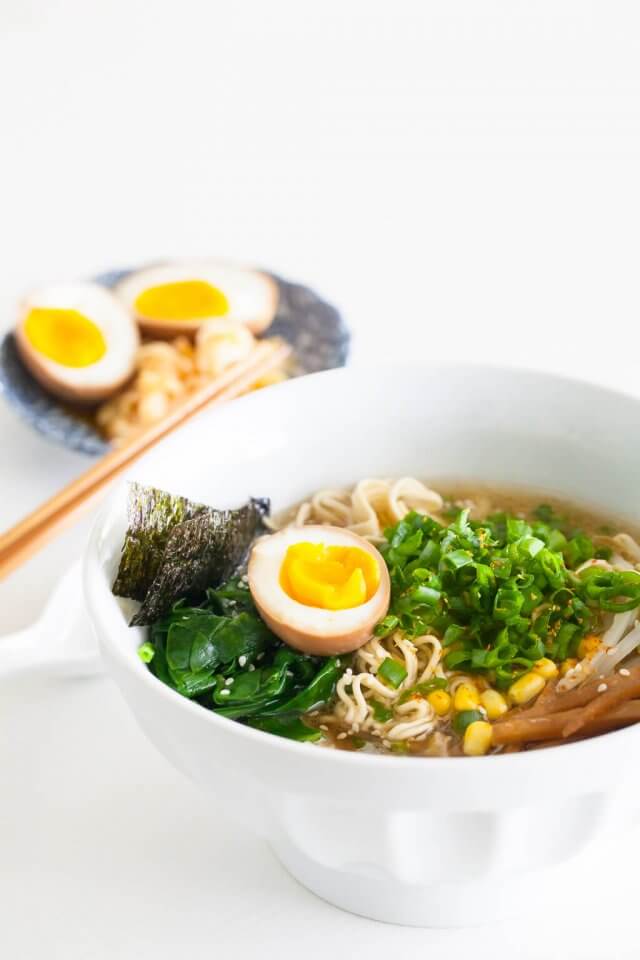
Batch 1: Pork Hock and Chicken Wings
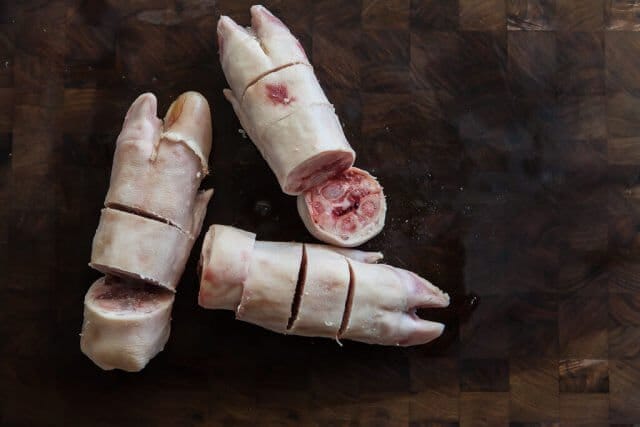
I bought this pork hock at a Chinese/Vietnamese grocery store. They came frozen and already cut into sections, exposing the bone/cartilage. All I have to do is defrost the hock. Like the first batch, I also used chicken wings as well.
When I use pork hock, I always harsh boil them off first. This cleans the hocks and the wings (I do this with chicken and beef bones, as well), scrubs off any surface scuzz, dislodges any tiny bone particles (when you cut bone with a saw, there inevitably will be powdery bone particles), removes clotting blood, dirt, surface proteins.
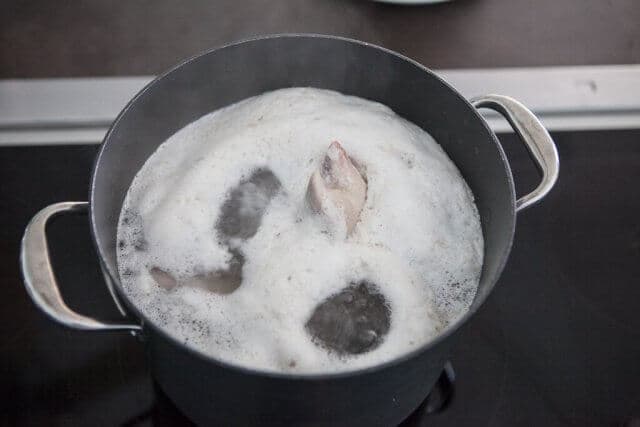
The hard, harsh boil is only for 5-8 minutes or so, then the water is discarded, the chicken bones/hock is rinsed and we start again with clean, cool water. Don’t worry about “losing any flavor” from the hard boil, who wants to eat this scum anyways?
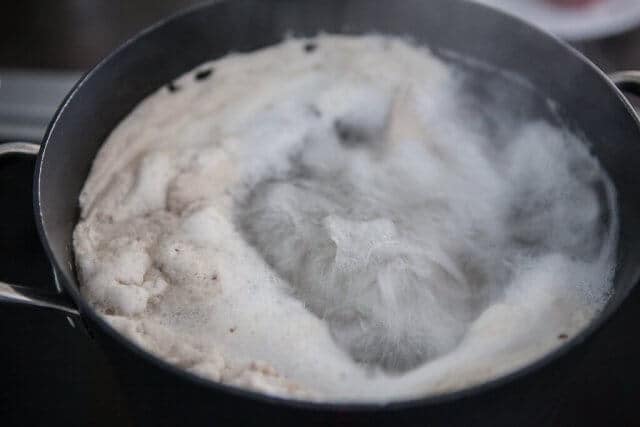
This parboiling ensures you have a clean, clear stock. Can you parboil in the pressure cooker? The electric pressure cooker does not get the water hot enough for the rolling, hard boil that is needed for this step. As you can see from the photo above, the rolling, hard boil gives the bones a good scrubbing and forces out the impurities.
This first batch will be cooked in my Fagor Electric Pressure Cooker, with just the hock, chicken wings a little garlic and ginger. My goal is a clean ramen broth, with full meaty flavor.
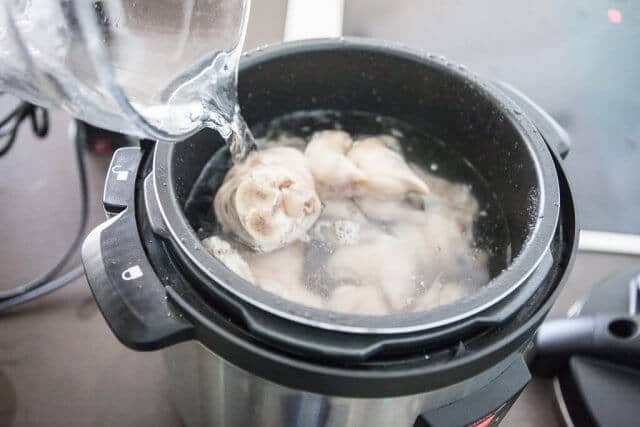
Batch 2: Sparerib Bones for Ramen Soup
This batch features easy-to-find pork spareribs, which contain a lot of cartilage and bone – both of which will provide the beautiful gelatin needed for the broth.
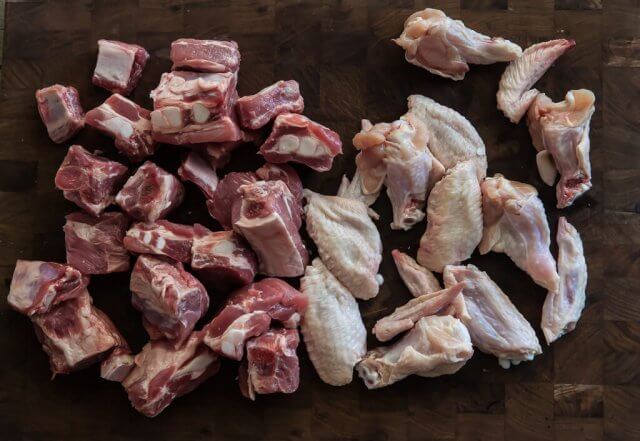
I picked up a package of spareribs, and asked the butcher to make several cross-cuts with his saw, to expose more bone and cartilage.
See the cartilage?
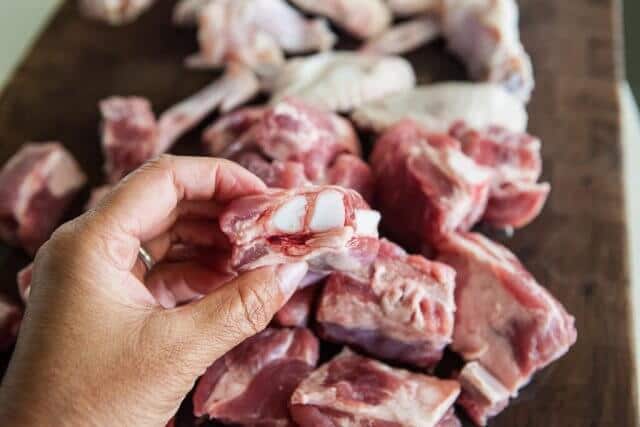
That’s what is going to make our broth just as rich and flavorful as the pork hock. We also use chicken wings as well. Chicken feet much harder to find. The wings provide a good substitute.
As with the first batch, I like to harsh-boil (or parboil) the bones – both the chicken and the spareribs – for 5 to 8 minutes – done on the stovetop. Drain to get rid of the scummy water, rinse the bones.
In this batch, we’ll also add another dimension of flavor: caramelized onions. The onions, cooked down, will provide depth of flavor, a darker and more aromatic broth.
The Instant Pot has a “sauté” setting, which is perfect for sautéing of the onions. A little cooking oil, onions and patience is what’s needed.
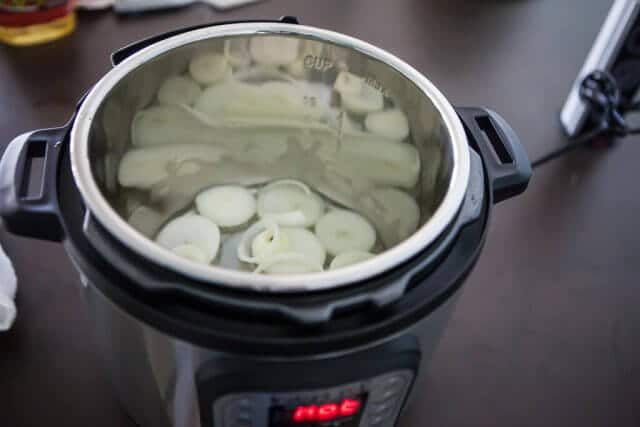
The onions should be a deep brown, but not burnt.
After the onions are done, pour in the water to fill to top and add in the parboiled bones.
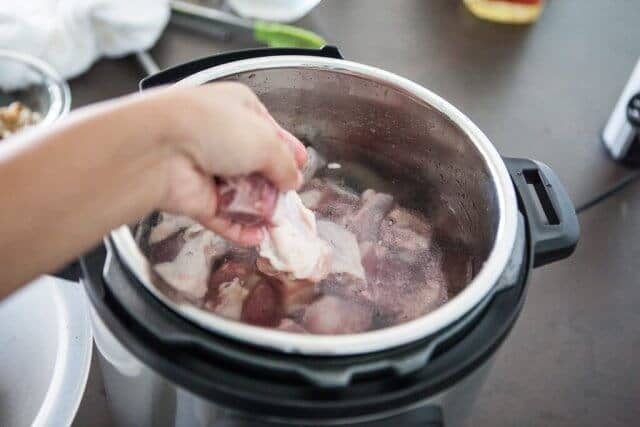
Cooking the ramen soup
Both pressure cookers are set to go for 90 minutes.
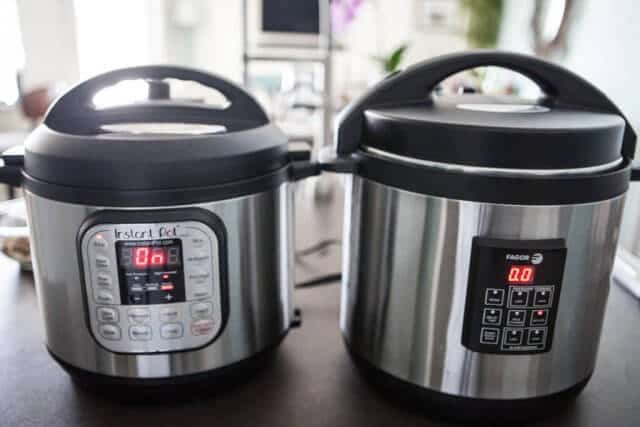
After the 90 minute pressurized cooking, you can let the steam release naturally, without any tinkering, or by releasing the valve. I like to use a pair of tongs and a kitchen towel to prevent the splatter and spitting of steam from burning me.
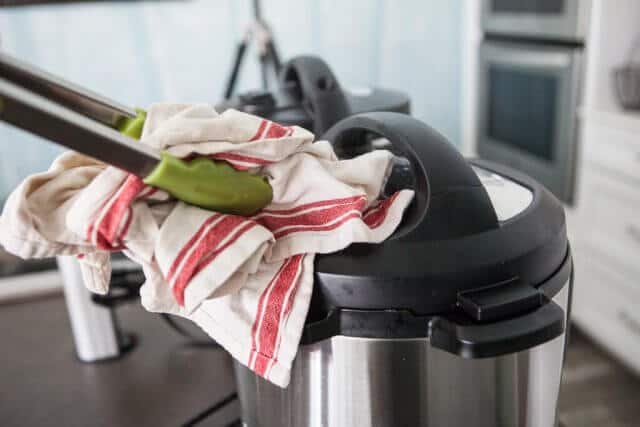
Batch #1 Results (Pork Hock and Chicken Wings)
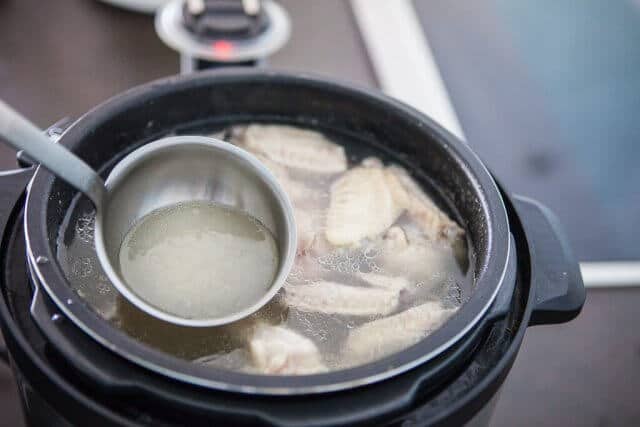
Beautiful clean, clear broth. The broth will need to be seasoned with salt. Full meaty flavor, delicate mouthfeel. It’s a thinner soup than I would have liked.
Batch #2 Results (Spareribs, Chicken Wings, Onion)
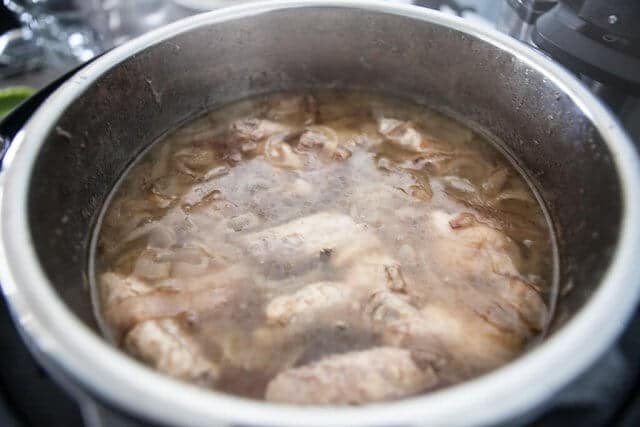
Brown, darker, richer stock. Very fragrant, better meaty flavor and thicker consistency.
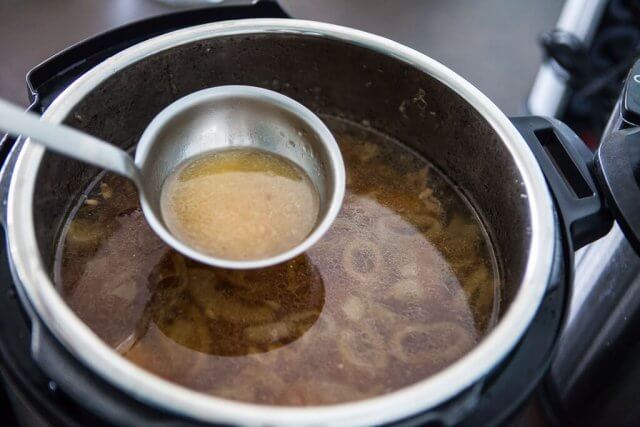
After straining, here are the two ramen broths, side by side.
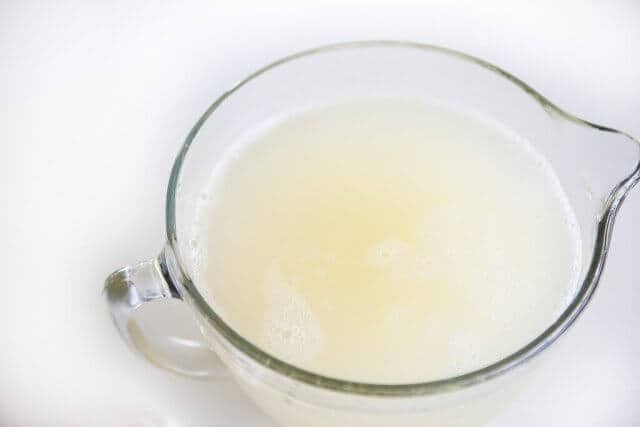
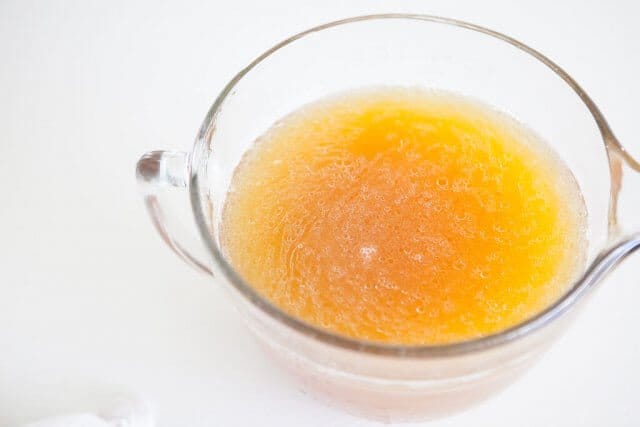
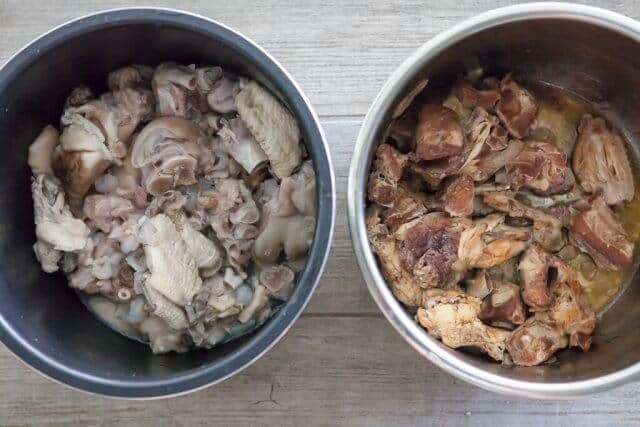
How do you know if you have a good broth? If you refrigerate the broth, the result should be gelatinous. This is nearly the texture of jello and your spoon should almost be able to stand straight up! (This is broth batch #1)
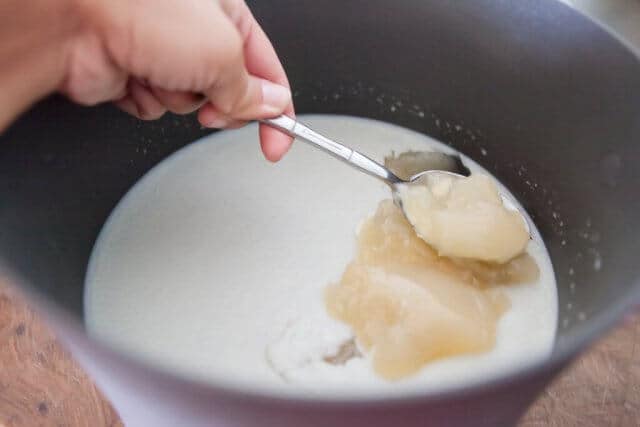
There is a very thin layer of fat, which is perfect. I had skimmed a lot of the surface oils prior to refrigeration. As I mentioned earlier, I’m not a big fan of oily, fatty mouthfeel in my soups.
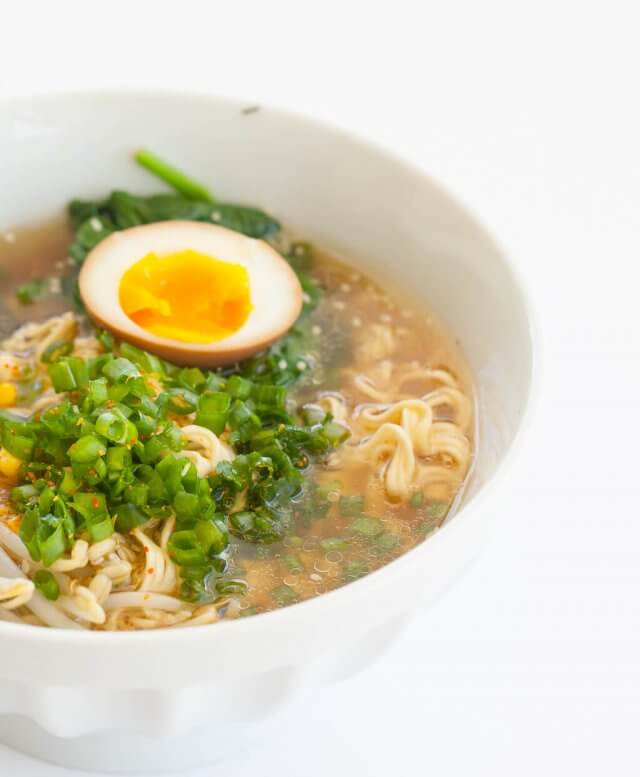
Soy Sauce Eggs
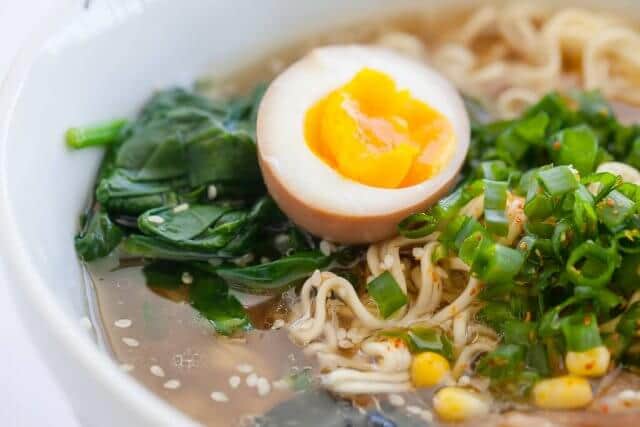
I served the ramen with easy to make soy sauce eggs. Don’t just limit these eggs to a bowl of ramen, though. We love them as a snack, or as a side dish along with Japanese pickles. The eggs are soft+ boiled, meaning the yolk is not just firm, not runny, but not powdery like a hard boiled egg.
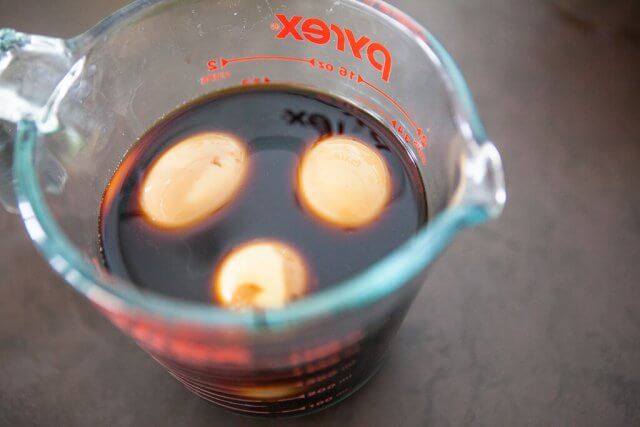
Add 3-6 eggs to a pot, cover with water by 1-inch. Bring water to a rolling boil, remove from heat and cover. Let sit for 6 1/2 minutes. The eggs should be a perfect soft+boiled egg with a custardy yolk that’s still creamy and firm whites.
While the eggs are cooking, you can prepare the sweet soy sauce. Whisk together: 1/2 cup of low-sodium soy sauce + 1/4 cup water + 1 1/2 tablespoons sugar. It’s best to have a skinny, tall container (like my Pyrex measuring cup) or you can use a quart-sized sealable bag.
After the eggs are cooked, immediately rinse in cool water. Peel the eggs, and add the eggs whole into the sweet soy sauce to marinate for 2 hours or overnight in the refrigerator. When ready to eat, remove eggs (reserve sweet soy sauce for another use) and cut each egg in half.
Or – you can soft boil/hard boil eggs with a microwave egg cooker – we’ve been using this one for the past 4 years. Since our hens produce so many eggs are soft or hard boiled by STEAM instead of being submerged in water. The steaming action actually makes the eggs so much easier to peel! This is important for us, since our eggs are same day fresh and are difficult to peel, cooked traditionally on the stovetop. (Older eggs are easier to peel than fresh laid eggs — the moisture evaporates as the eggs get older, leaving more space between the shell and the egg whites as it cooks.
You can reuse the sweet soy sauce again:
- for another batch of eggs
- as a dipping sauce for dumplings (I like to also add a spoonful of chile garlic sauce)
- a couple spoonfuls in a stir fry
- toss with cooked noodles + scallions for a quick side dish
- drizzle over steamed vegetables
- use to season the ramen broth (if you like a slightly sweeter tasting broth)
Pork Hock vs Spareribs
The browning of the onions makes a big difference – not just color wise, but also in flavor. The sparerib/onion batch was richer, thicker, more complete in flavor. Both batches in the pressure cooker produced broths rich in gelatin (after refrigeration, both were jello-like consistency) which gives the soup body and satisfying texture. Pork spareribs are much easier to find at grocery stores, and produce similar amount of gelatin and flavor.
I highly recommend using spareribs over pork hock. Make sure you ask your butcher to cut the ribs crosswise to expose more of the bone and collagen.
I seasoned both broths – I prefer seasoning with soy sauce, rather than just salt – but the choice is yours.
Instant Pot Ramen Recipe
Authentic Japanese ramen noodle broths normally take hours of simmering, especially pork based (tonkotsu). We’ve simplified the recipe, without sacrificing an ounce of flavor by using an electric pressure cooker and by using easy-to-find ingredients from your regular grocery store.
Traditional tonkotsu broth is fatty, so rich, with almost an oily mouthfeel. While I love pork based ramen broth, I’m not a big fan of fatty texture. I really enjoy a smoother soup that I can enjoy from beginning to end, without feeling too-full afterwards. I’ll be showing you 2 recipes, both are a more delicate texture (less fatty) but still with full-flavor.
The two different recipes and techniques for making Japanese Ramen Noodle Soup feature: – one with the traditional pork hock, and the other with pork spareribs.
Using Spareribs In This Instant Pot Ramen Recipe
Many recipes for tonkotsu broth feature chicken feet/wings + pork hock, or pork feet and leg, cut in several pieces, exposing as much cartilage and bone as possible. This is how tonkotsu gets is creamy, rich, thick broth. The cartilage breaks down during the long simmering and releases gelatin.
Pork hock is difficult to find, outside of Asian supermarkets. Sometimes, you can find them smoked, but that’s not what we want. Instead, my simpler version of tonkotsu ramen broth uses pork spareribs that are cut.
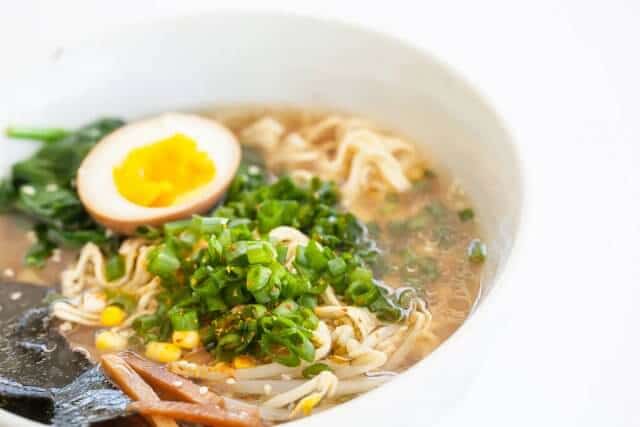
Using An Instant Pot For Ramen
I love my pressure cooker! Rather than babysit a simmering pot of soup for hours on end, we like to use the power of pressure to shorten the time – from 6 hours to 90 minutes.
We’ve been testing out the Instant Pot electric pressure cooker, side by side with our tried and true, Fagor electric pressure cooker. I’m loving the multi-functionality of both appliances – and the size is just right for a big batch of ramen noodle soup.
Other Toppings For This Instant Pot Ramen
- Finely minced green onions (scallions)
- Fresh bean sprouts
- Cooked bamboo shoots – from a can is fine. Canned bamboo shoots are pretty bland tasting, so I also marinate them in the sweet soy sauce from the eggs (see above recipe). Actually, I just throw the bamboo shoots in with the eggs and they’ll marinate together.
- Blanched spinach – Fresh spinach: just a few of seconds in boiling water, or defrost frozen spinach. Make sure you squeeze out as much water from the spinach as possible.
- Sesame seeds
- Pieces of nori (seaweed)
- Shichimi Togaroshi – Japanese 7-pepper blend made of red chili pepper, orange peel, sesame seeds, Japanese pepper, ginger and seaweed. This is also my secret ingredient to the best scrambled eggs 🙂
- Tiny drizzle of Asian sesame oil (don’t use too much or the sesame oil will overpower the soup)
- shhh…don’t tell anyone, but I also love Chinese preserved bamboo shoots in chile oil in my ramen, too.
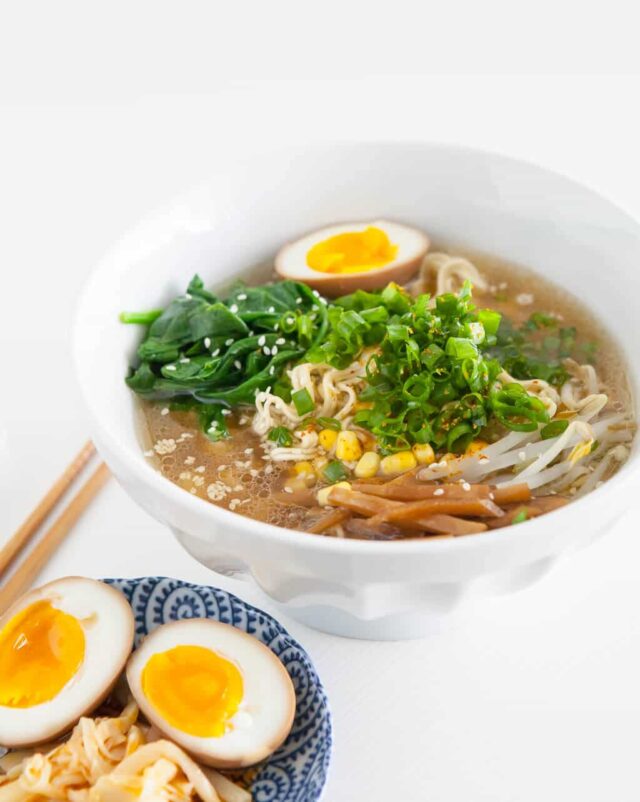
Ramen Noodles
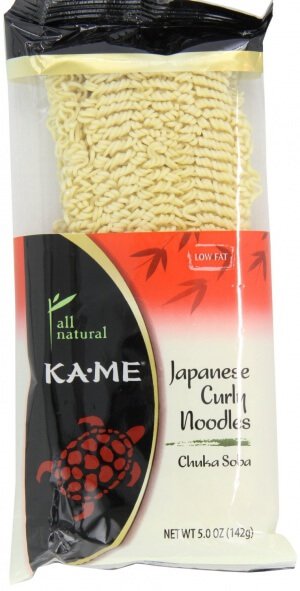 For these photos in this recipe, I used dried Japanese ramen noodles. Make sure you use noodles that are dried, not fried (like cheap instant ramen).
For these photos in this recipe, I used dried Japanese ramen noodles. Make sure you use noodles that are dried, not fried (like cheap instant ramen).
We’ve been testing out recipes to make ramen noodles all month long, just a few more batches of testing and we’ll be sharing our ramen recipe. I bought my mom a Philips Noodle Maker.
She raved about it so much that I bought myself one, too. WE LOVE IT! It’s fun making fresh pastas in different shapes. Our ramen recipe still needs a little tweaking and testing, but we’ll publish soon.
If you’re up to making ramen noodles from scratch, Not So Ancient Chinese Secrets can show you how! They also like using the Philips Noodle Maker.
More Ramen And Tips
- Steamy Kitchen Miso Ramen
- Easy Beef Ramen Noodle Bowl
- 15 Minute Miso Ramen Recipe
- Kimchi Ramen Recipe
- 30 Ramen Hacks
Have you tried this Instant Pot Ramen? Feel free to leave a star rating and I’d love to hear from you in the comments below!
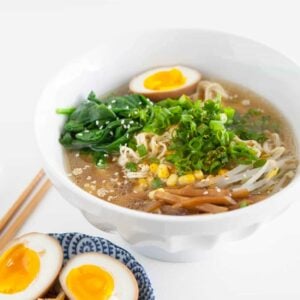
Pressure Cooker Ramen Recipe
Ingredients
- 2 1/2 pounds pork spareribs cut into 2" pieces
- 1 1/2 pounds chicken wings
- 2 tablespoons cooking oil
- 2 large onions peeled, thick sliced
- 3 cloves garlic smashed
- thumb-sized nub of ginger
- soy sauce or salt to taste
Instructions
- Bring a big stockpot filled with water to a boil (If your electric pressure cooker pot is stovetop-safe, feel free to use that instead of dirtying another pot.) Add in the ribs and the wings. Return to boil, let cook for 5-8 minutes at a hard boil on high heat. Drain and discard the water. Rinse the ribs and wings with clean water, getting rid of any scum clinging to meat.
- Following the manufacturer's directions, turn the electric pressure cooker to saute or brown, on high heat. Swirl in the cooking oil and add in the onions. Brown the onions, about 8 minutes. Take your time!
- Add in the garlic and the ginger into the pot, then add ribs and wings. Fill pot with water up to the "MAX" line. Close lid of pressure cooker, set to cook on high pressure for 90 minutes.
- After cooking, let pressure release naturally, or use a kitchen towel and tongs to manually release pressure, being very careful of splatters.
- Strain broth with fine mesh strainer, discarding the solids. Skim any surface oils on the broth, if desired. Season broth with soy sauce or salt, to taste.


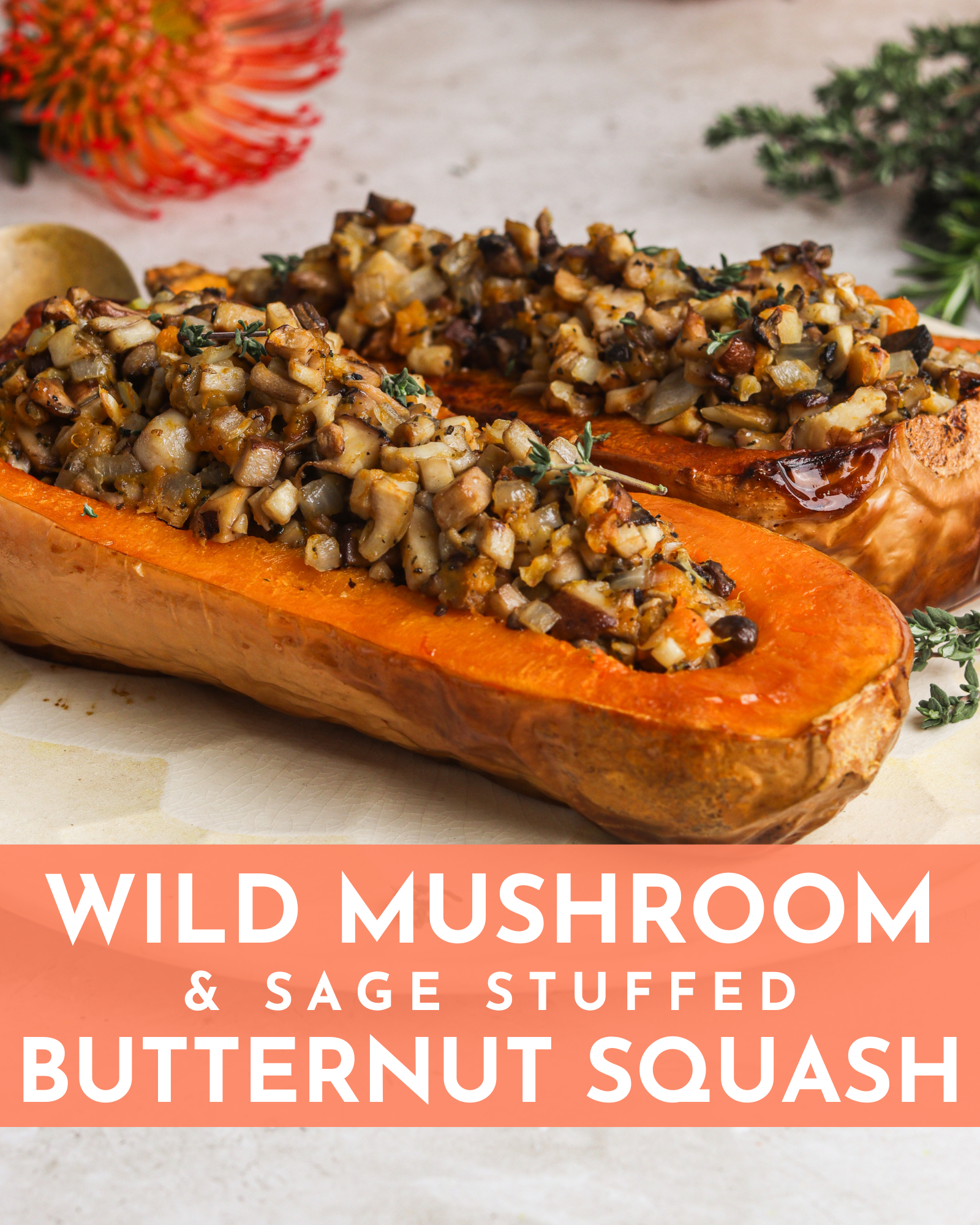
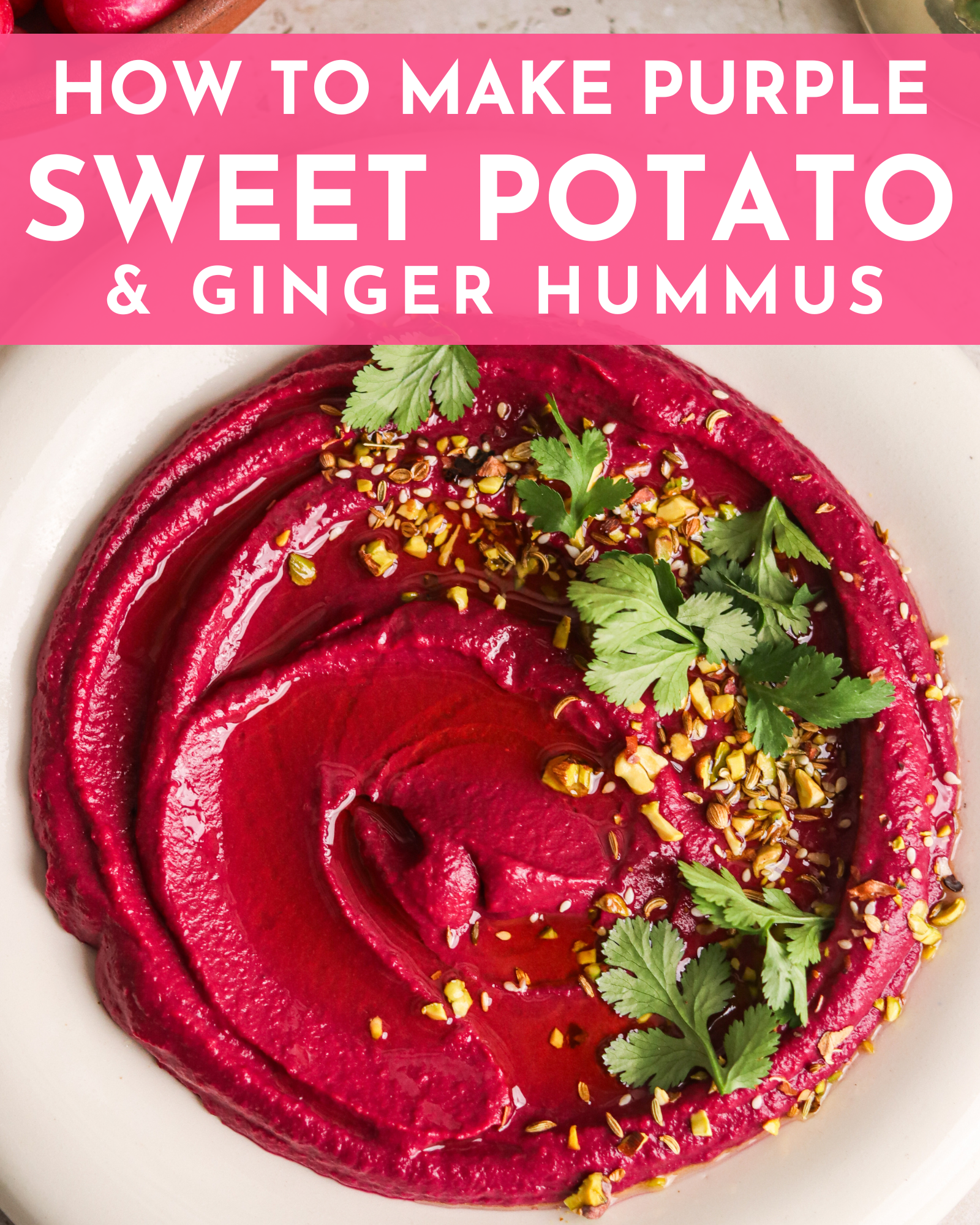
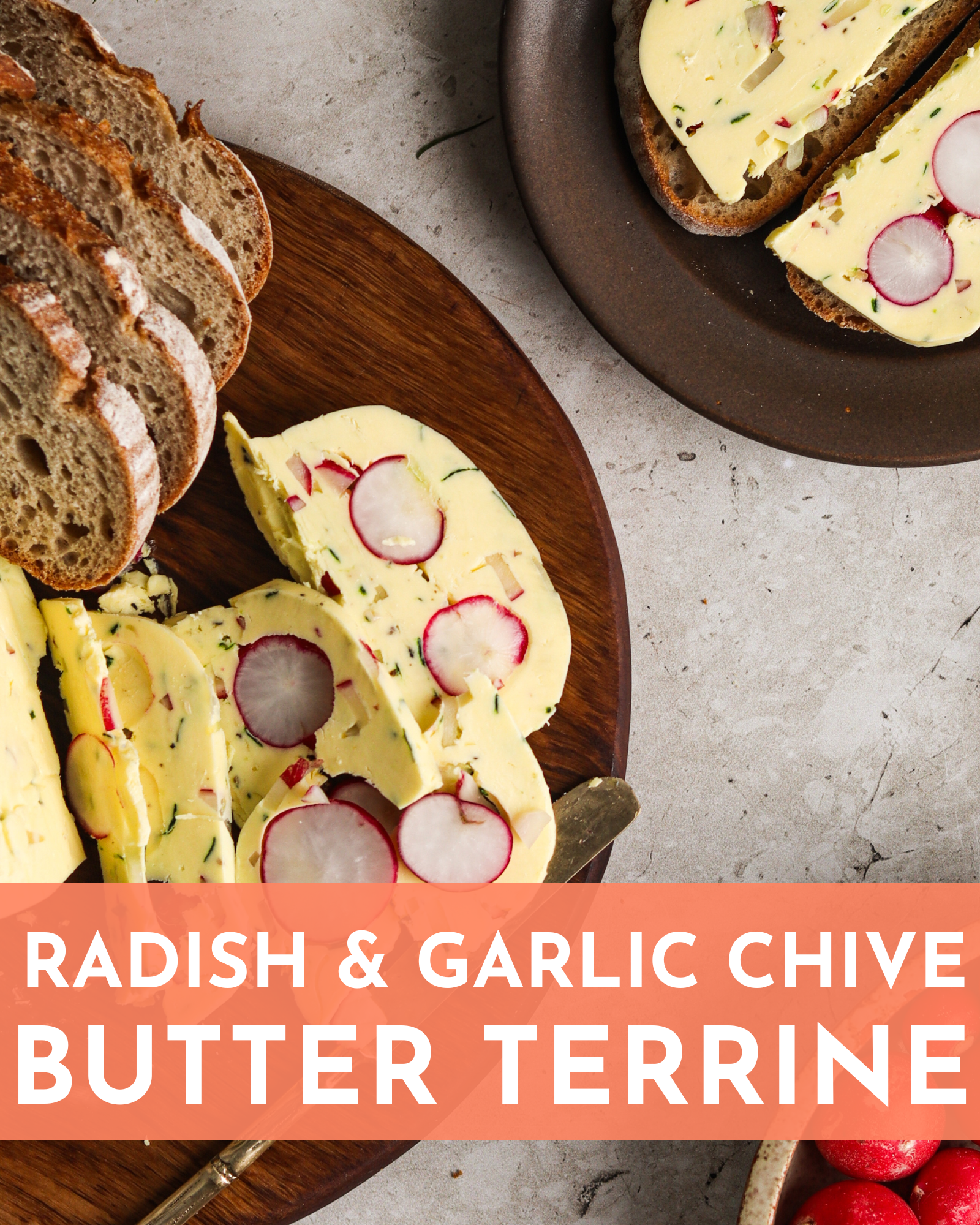
I can’t wait to try this recipe on my mom’s stove top pressure cooker. I also want to learn how to use cheaper cuts of meat these days. Thank you and I’ll get back to you on how it turns out.
Thanks For Sharing this amazing recipe. My family loved it. I will be sharing this recipe with my friends. Hope the will like it.
Hey Jaden,
Thanks for doing the work! I have access to trotters but my SO doesn’t want anything to do with them. Thanks for sharing – can’t wait to try making this in the IP soon! 🙂
Hi I’m wondering when I would need to add the ramen to my Instant Pot?
Hi Kim – cook the ramen noodles separate, on the stove, according to noodle package instructions. If you add ramen noodles to your precious soup, you’ll cloud it up with the starch (and it won’t look or tastes as yummy).
Thank you! Worked great!
After pressure the spareribs/chicken wings mixture for 2 hours and natural release, the soup still doesn’t taste very hearty… just tasted like pork/chicken flavored water. Even after some modest salting it still doesn’t jump out at me. Would something be wrong with my pressure cooker?
Hi Andrew – How much pork/wings did you have vs. water?
I had the same result. I used 2.5 lbs pork spare ribs, 1.5 lbs chicken wings and water to the PC Max line on a 6-quart instant pot.
After releasing the pressure and tasting it, it tasted bland. Just a slight flavor that I couldn’t identify. Like very, very weak chicken stock.
I added a bunch of soy sauce and salt, a little at a time. Sorry, I didn’t measure but probably in all: 3-5 tbsp of soy sauce and 1-2 tbsp of sea salt. By that point, it was more flavorful and enjoyable but I was surprised it needed that much. I didn’t brown the pork or chicken at all. Would it have been better to do that? I also didn’t brown the onions quite as much as I’ve seen in some photos for ramen but it was more than 8 minutes on sauté [high].
The “broth” tasted like watery chicken/beef. It did not taste anything like ramen broth – no umami. In hindsight I think that it was my mistake to think that a very complex broth could be this easy, and now that I have looked at other recipes, I understand that making real ramen broth requires many many more ingredients.
Hi Jaden,
Can I use a combination of chicken feet and ribs in the instant pot to make this recipe?
I’m craving ramen and this broth looks perfect!
Absolutely!
How many days can the broth stay on the fridge?
We are just 2 at home and the ingredient mix requires cooking a very large batch
Just like any soup, 5 days. You can freeze leftover broth, which is what we do 🙂
Can I put pork belly in the pressure cooker (in addition to spare rib and chicken) and use the pork belly as topping at the end? Or do I need to make that separate?
Hi Jules, Yes, you can cook everything in the pressure cooker, but the pork belly will be “boiled” and won’t taste the same. I prefer to make it separate.
BONES. THAT’s what makes the broth rich and silky.
Are the spare ribs and chicken wings thrown away after making the broth? Or are they also used for chasu?
By the time the soup is done, the meat has already been “spent” and very little flavor and nutrition remains (it’s all gone to the soup!)
I want to try this recipe using spareribs, but ironically I am having a hard time finding spareribs in my particular area right now…would back ribs work as well? I assume they would but wanted to ask. Thank you!
Hi Michelle – yes, any pork ribs would work.
If I didn’t want to use pork, what other meat options could I use to make this?
Chicken!
Great post! I love my instant pot and want to make my own Ramen. One thing, the Instant Pot is GREAT for perfect hard or soft boiled eggs, too!
I like the idea of making this broth in the pressure cooker,a tool I often use. To combat the thine of the finished stock you alluded to, I would simmer it down to concentrate the flavors, mimicking what you might lose through evaporation with a traditional stove top method, then proceed with seasoning to taste.
How long would you cook this in a slow cooker?
Hi Steve – I would cook 6 hours in a slow cooker on high, or 8 hours on low.
Your ramen recipe looks simple enough to make me wanna give it a try unlike other recipes that got me lost halfway through reading them. It also gave me confidence knowing you’ve done the hard yards of testing out different methods & ingredients. Thank you so much. Cooked this a few days ago and we love it 🙂
Thank you so much! Happy you loved it.
Made this tonight and all I can say is WOW! Thanks for another knock-it-out-of-the-park great recipe. So easy, and so tasty – you’re the best!
Thank you so much Leigh! jaden
Hi Jaden, I tried this recipe and use seasoning with soy sauce. But mine looks darker than yours. If I’ll use salt what should be the ratio?
Hi Mae – It’s all up to you. I added a little soy sauce for the flavor, and then seasoned with salt to taste.
I try to buy as little kitchen appliances as possible. My kitchen is small and I do not believe in clutter 😉 But I have been thinking about a pressure cooker for a while now. Your information was very interesting. I am getting tempted I have to admit. It wouldn’t surprise me if I do end up buying one in the near future. ….and I know what I’ll be making if I have one 😉
A multi-function pressure cook is the best!
Would browning the meats bring out extra flavor? Or is it unnecessary? I love using my old fashioned stove top pressure cooker.
Hi Chris, it depends on what kind of flavor you want in your broth. Browning meats certainly gives more rich, hearty flavor. But sometimes in a broth, you want something a little lighter, so that you can really taste all of the ingredients in the dish. The browning action on the meats would overpower any beautiful subtle nuances in the ramen.
For those who live nearby Latin American Mercado/Market, you can also find the pork hock/pork legs there.
Since I am a frugal cook, I prefer to use the pork hock (sometimes on sale for $0.89/lb) for this broth.
The caramelized onion will definitely be wonderful in the pork hock + chicken leg (vs. the more expensive chicken wings) combo.
Thanks for sharing the recipe Jaden and inspiring me to make this delicious ramen broth.
Ramen… Ahhhh… Just the unctuous fragrance is enough to make a ramen lover swoon. And now perhaps I can replicate the very thing that I miss most about living in Japan.
My favorite place was across the street from the base in Yokosuka. It was a tiny, counter top, one broth dining experience, complete with the pay by machine device. Pick the size bowl you want and what extras you felt you couldn’t live without (egg and extra nori was always on my menu), insert yen, take the tickets the machine spit out, and then put them on the counter for the ramen maker to make and serve to you. ahhh… Even on a hot day it was amazing.
And the flavor of the broth? I called it pork gravy. That’s what it tasted like to this Southern gal. Pork gravy. With ramen noodles, an egg and seaweed squares. It was a taste of home far, far from home. I learned later from a Japanese friend that it took nearly three days to make the broth. I’m just glad you’ve come up with a way to shorten that process!!
Love this recipe. Thanks
Hi, as usual… wonderful tips and recipes. Have you ever tried browning the bone (oven or pan fry) first?
Hi San, Yes, we did, and the browning of the bones gave too powerful of a flavor for the broth, it overpowered all the other flavors in the dish!
Could you provide recipe for cooking without a pressure cooker? Just with regular pots please. It sounds great and I’ll try the soy sauce eggs tonight to go with chicken lettuce wraps.
Thanks,
Marian
Hi Marian – On a stovetop, simmer for 4 hours, partially covered 🙂
I had fun reading your post. I too love the Instant Pot. I recently reviewed the new Fagor LUX multi-cook on Pressure Cooking Today and it has the browning, sautéing, and simmer settings that the Instant Pot does, although you still have to buy the stainless pot separately if you want it. Although the ceramic pot it comes with is great fore easy clean up. Your ramen looks fabulous!
I really like your recipe! I will make it.
Out doing yourself with this post! Your broth test is just fantastic. And I’m loving that you not only tested 2 broths, but also 2 pressure cookers! This makes me want to run home and whip up a fresh batch of broth. Also – I have the SAME egg boiler at work. It’s actually in the microwave right now. I get extremely weird looks whenever people see that I’m making eggs in the microwave, but its so easy! Never thought to soak my eggs in a soy sauce mixture though. 100% trying this out.
Oh, the noodle soup really looks delicious. I haven’t used my pressure cooker for a while. Trying your recipe seems to be a great opportunity to get it out of the cubby and to use it again. Thank you so much for sharing that recipe. I am already looking forward to your next posts!
Warm wishes, Amelie
I need to look into one of those pressure cookers because I love ramen! Oh my and those soy sauce eggs are fantastic!
I would likely be the last person to cook meaty ramen broth but when it comes to pressure cooking, I am interested in what you have to say about the cookers.
I love my Instant Pot cooker and all its features. And the recipes from my book The New Fast Food work well in it.
Fagor just came out with a new multi cooker to rival the Instant Pot but I am not yet sure if it can truly compete. Instant Pot does a great job – even for veggie broth.
Thanks for the post.